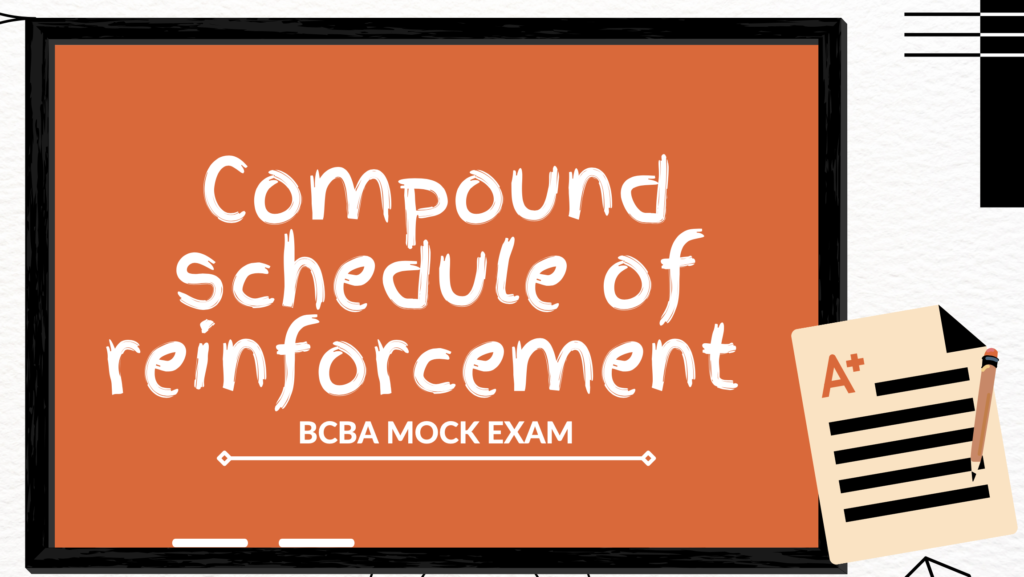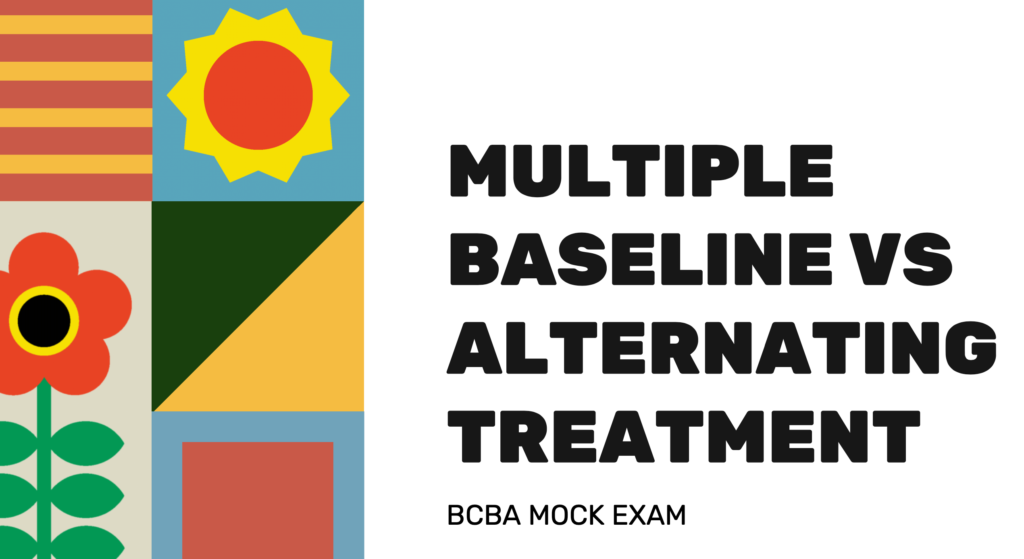Let’s start with the definition. An SD is a discriminative stimulus. Although the initials for the acronym are reversed, it is a discriminative stimulus. We know that a stimulus is anything in the environment that makes contact with our sense modes and signals the availability of objects or the lack thereof. In aba, the word discrimination refers to the distinction between two objects. There are things in the world that are neutral to us, and we learn what they signify and how to interpret their signals. For example, when learning to drive, we learn to stop at red lights; or when we are younger, we learn to stop when we see a red light to prevent getting a ticket or getting into an accident. Green lights are the same way; we have learned that they indicate that it is time to go. The distinction between a green and a red light has been distinguished. For another example, teaching a child the difference between a dog and a horse. They have four legs in common, but they are different, one is a dog and the other is a horse. So they are just stimulating the surroundings at first.
We may then extend and teach other things like concept formation or comprehending the concept of animals or all horses once we give them value and teach the distinction between these two things or objects. The SD indicates that reinforcement is available. We have learned that when we are exposed to particular stimuli, we will be rewarded, whether we are escaping or avoiding something, as with negative reinforcement, or gaining something, as with positive reinforcement. We prevent an accident or a ticket by stopping at a red light. When we ask a client to label a dog, they accurately identify it. Then we will congratulate him and say, “Wow, you did a great job! You got it right!” What if they label it as a horse? We know they would not get the same level of reinforcement. It is possible that we have a procedure in place to “try it again.” The client will only have access to reinforcement if the answer or behavior is correct. Similarly, the example of the red and green light, if we notice a red light and choose to go instead of stop, we will not receive reinforcements. The s delta is when they chose the horse instead of the dog when we ask “where’s the dog?” SDs are driven by motivation, which is determined by what we desire, which stimuli we seek, and which SDs indicate the availability of reinforcement to us. For example, when you are hungry, you may walk to your refrigerator, open it up, inspect what’s inside, and choose a snack, like berries. Eat the berries, and you will feel better and your hunger will decrease. This is reinforcing to you. If we’re hungry, we go to a cabinet, open it up and find all the things inside are coffee mugs. That is the incorrect behavior for you to get what you need.
Bringing this back to the MO vs. SD (Discriminative Stimulus) debate. What inspires you to do what we do is the motivating operation. It pushes us to go for food, when we are hungry. It pushes us to go rest, when we are tired. When we watch an advertisement for a car that we truly want, it motivates us want to buy it. The difference is that this does not imply that we will be able to obtain it. For example, you hear someone discussing a new pair of shoes and it makes you desire a new pair of shoes as well. It does not mean that anything in the environment indicates that reinforcement is available. It does not imply that there are Nikes and you have $150 to spend on them. It just implies that your motivation is altered. You might decide to save money up. Saving money is your motivation. Then, you may go to the shop and buy a new pair of Nikes. However, you will have to wait until you have the necessary funds. When you have the money and go to the store to look at the shoes, the shoes may indicate that reinforcement is available. They are available for purchase. So, if you’re attempting to figure out the difference between a MO and a SD in a setting, ask yourself if there’s anything accessible that would offer reinforcement to the individual, whether it is leaving or avoiding something or adding something they enjoy.





